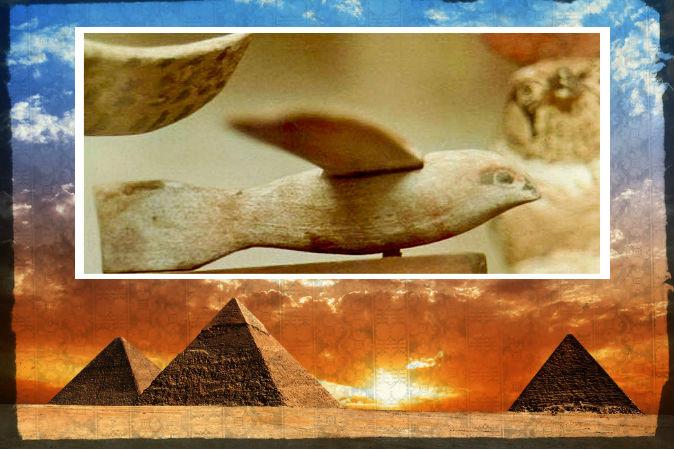Oopart (out of place artifact) is a term applied to dozens of prehistoric objects found in various places around the world that seem to show a level of technological advancement incongruous with the times in which they were made. Ooparts often frustrate conventional scientists, delight adventurous investigators open to alternative theories, and spark debate.
The pyramids and other advanced artifacts from ancient Egypt continue to awe archaeologists and archaeology enthusiasts, but is it possible the ancient Egyptians had aviation?
A wooden carving dating from the 3rd century B.C. was found in a tomb in Sakkara (also spelled Saqqara), Egypt, in 1898. It was classified as a bird figure and placed with other bird carvings at the Cairo Museum, until Dr. Khalil Messiha, a medical doctor and Egyptologist, saw it in 1969 and realized it looked like the model airplanes he made as a child.






